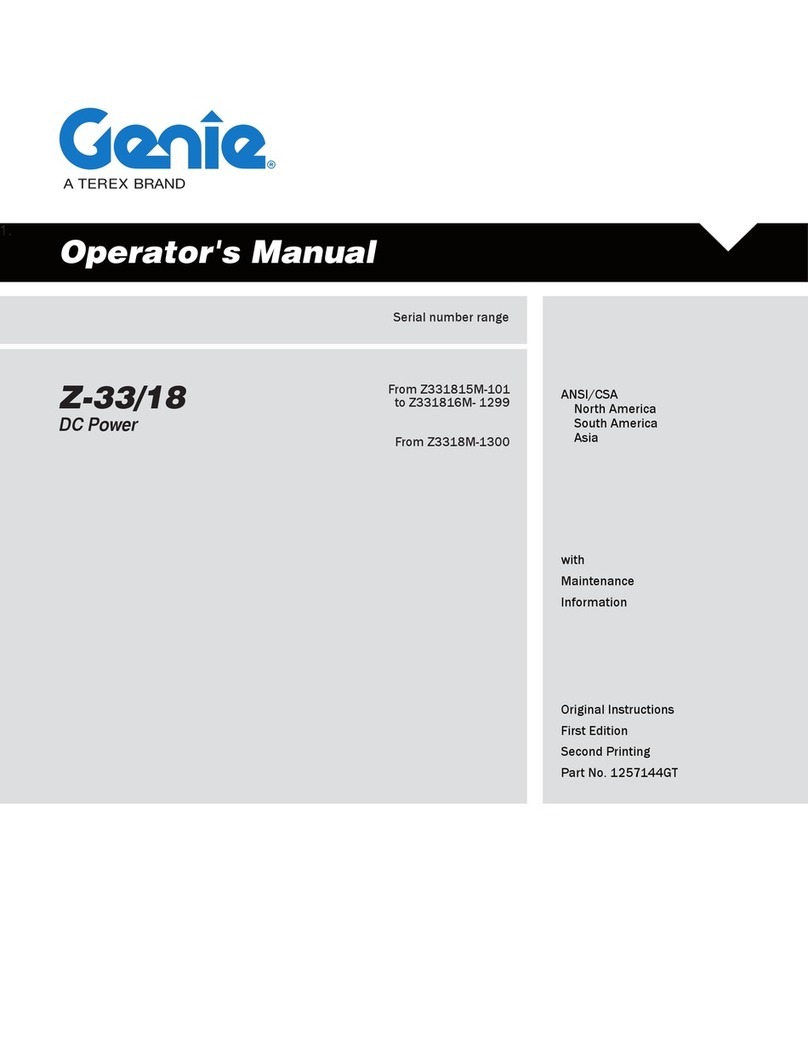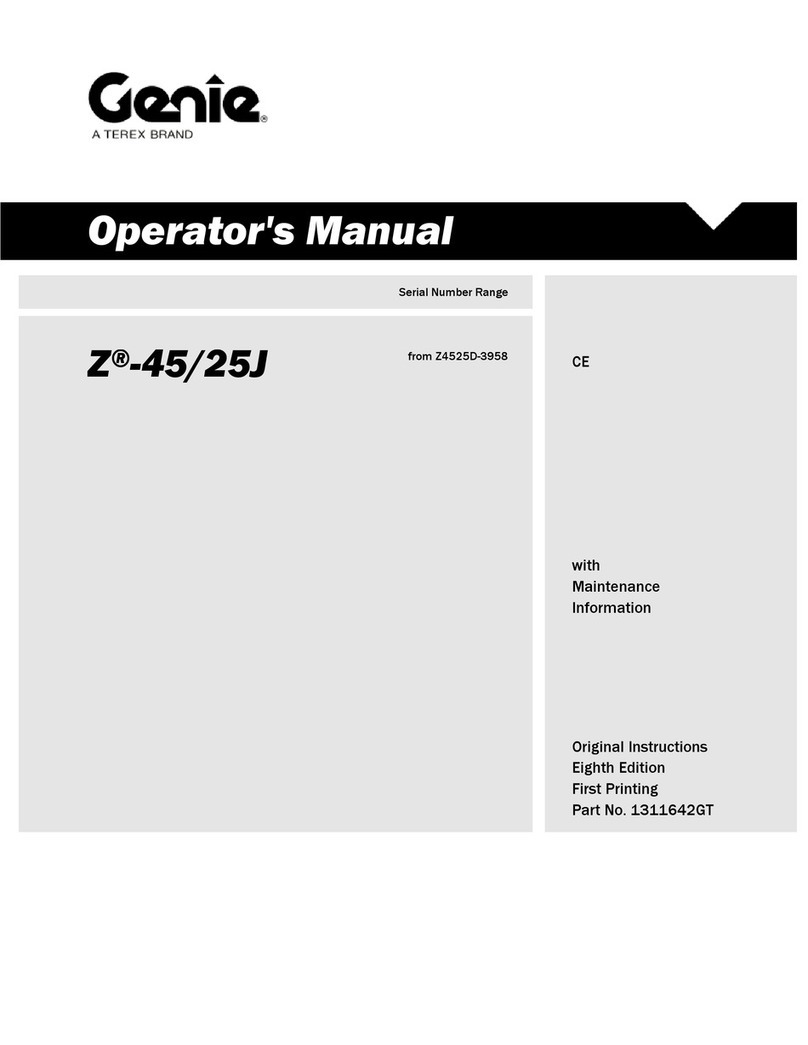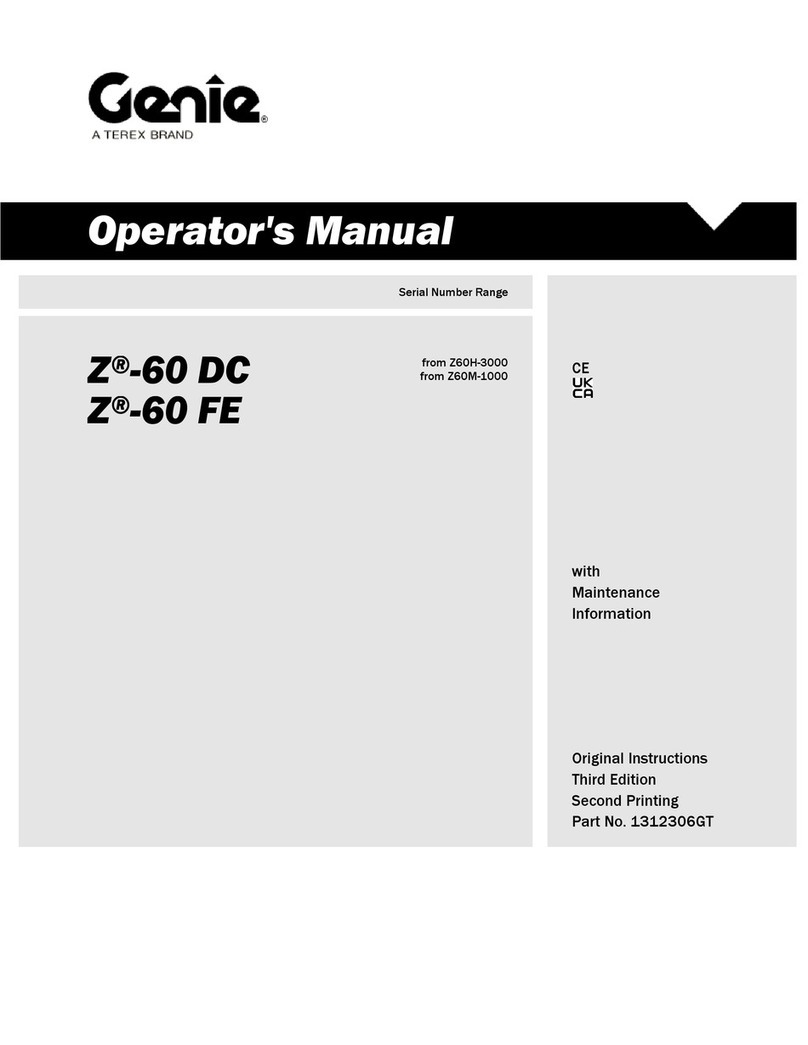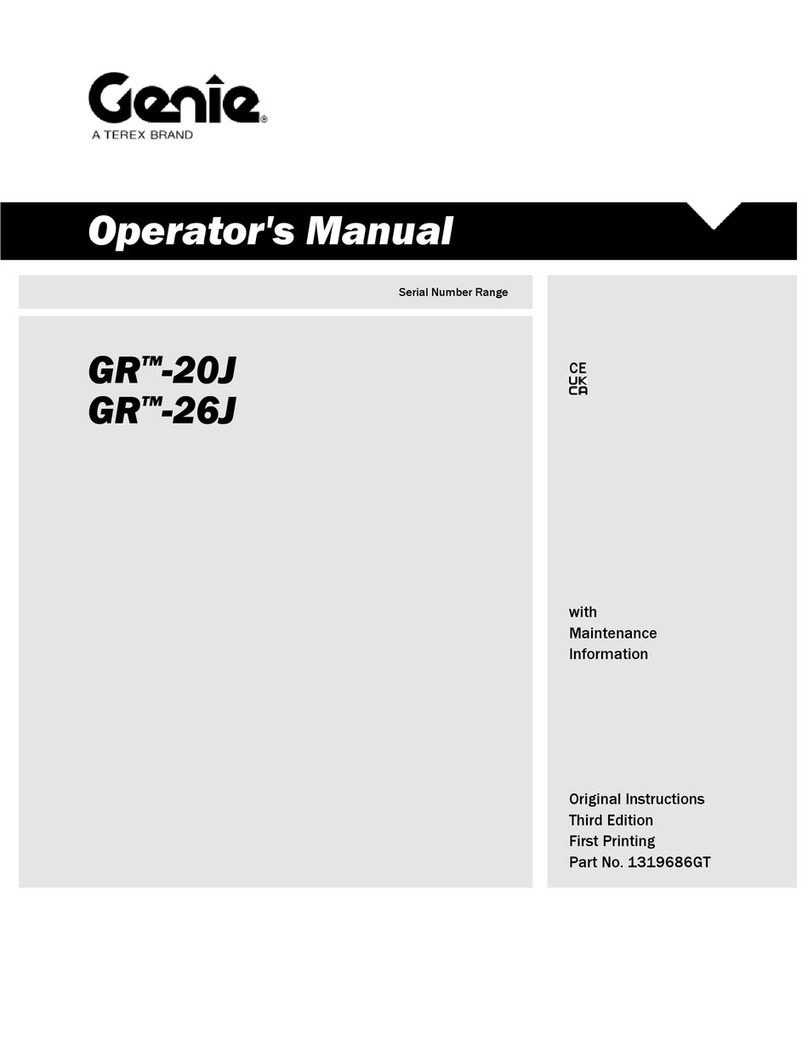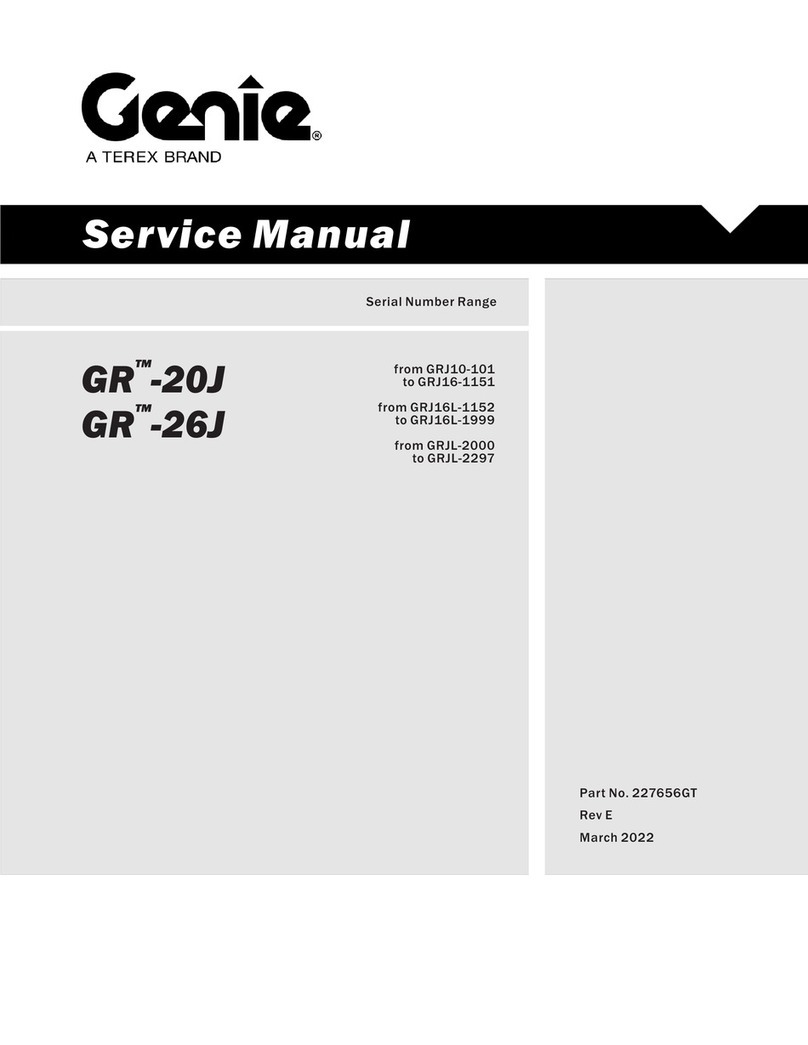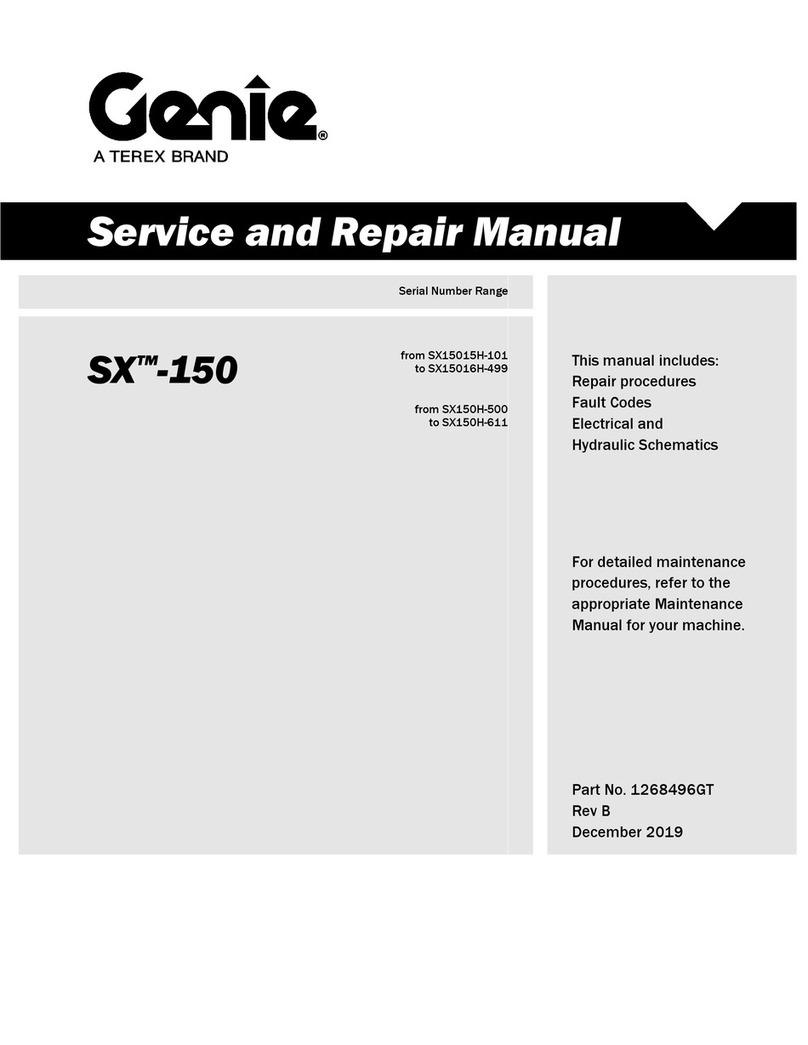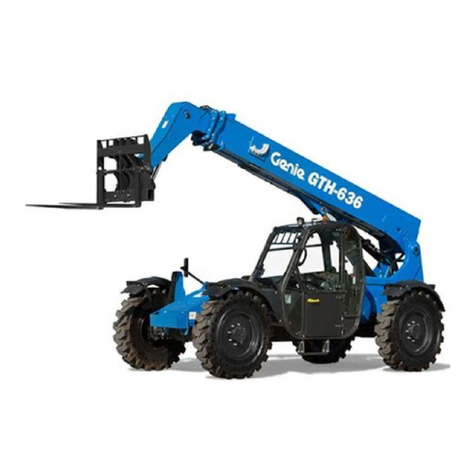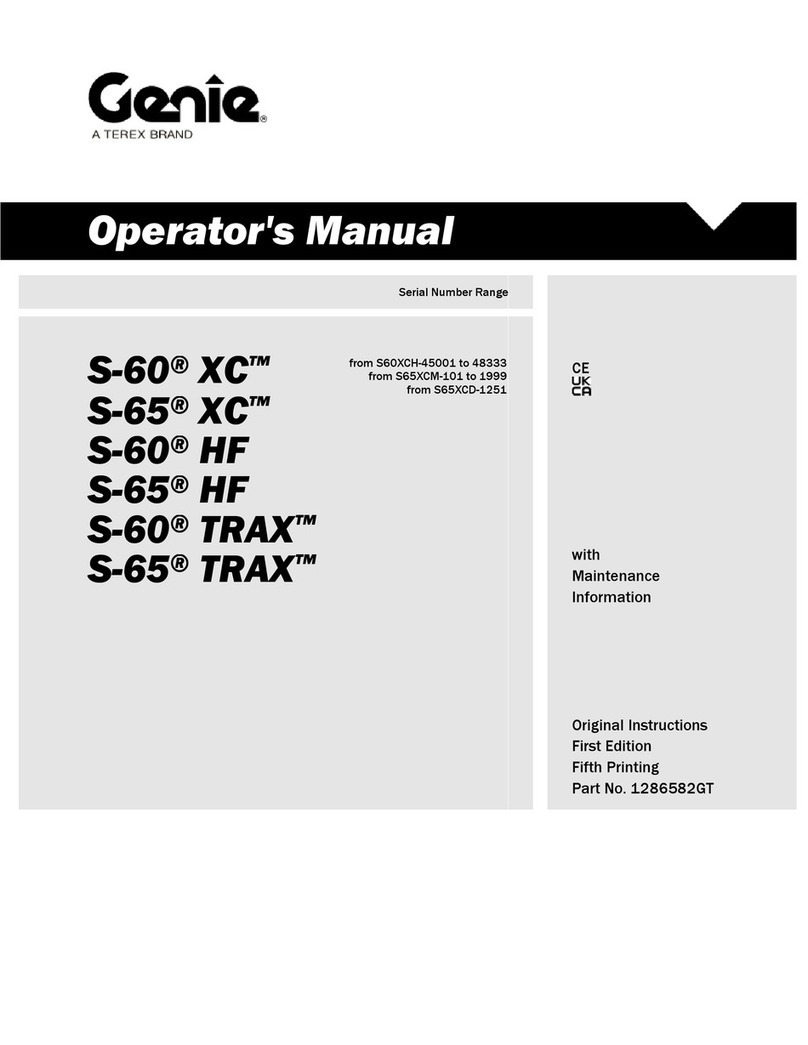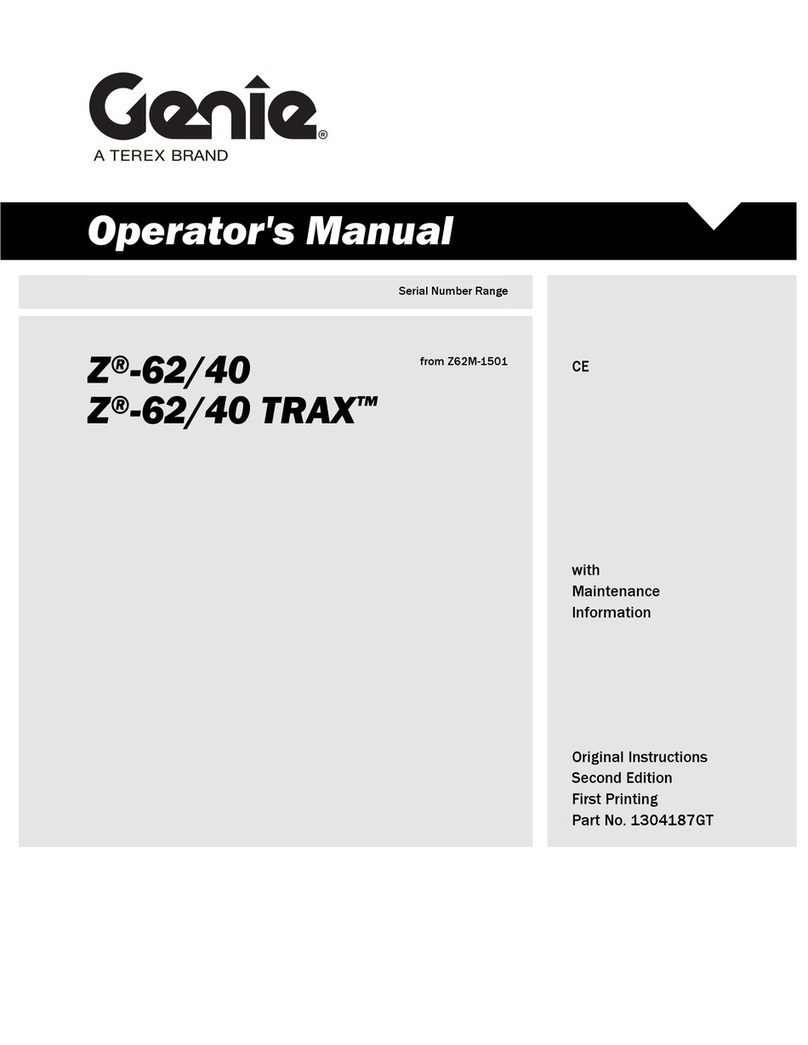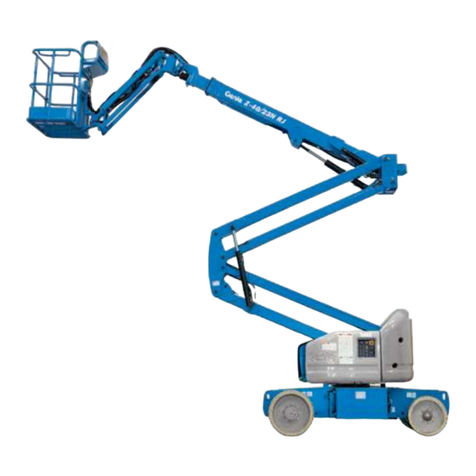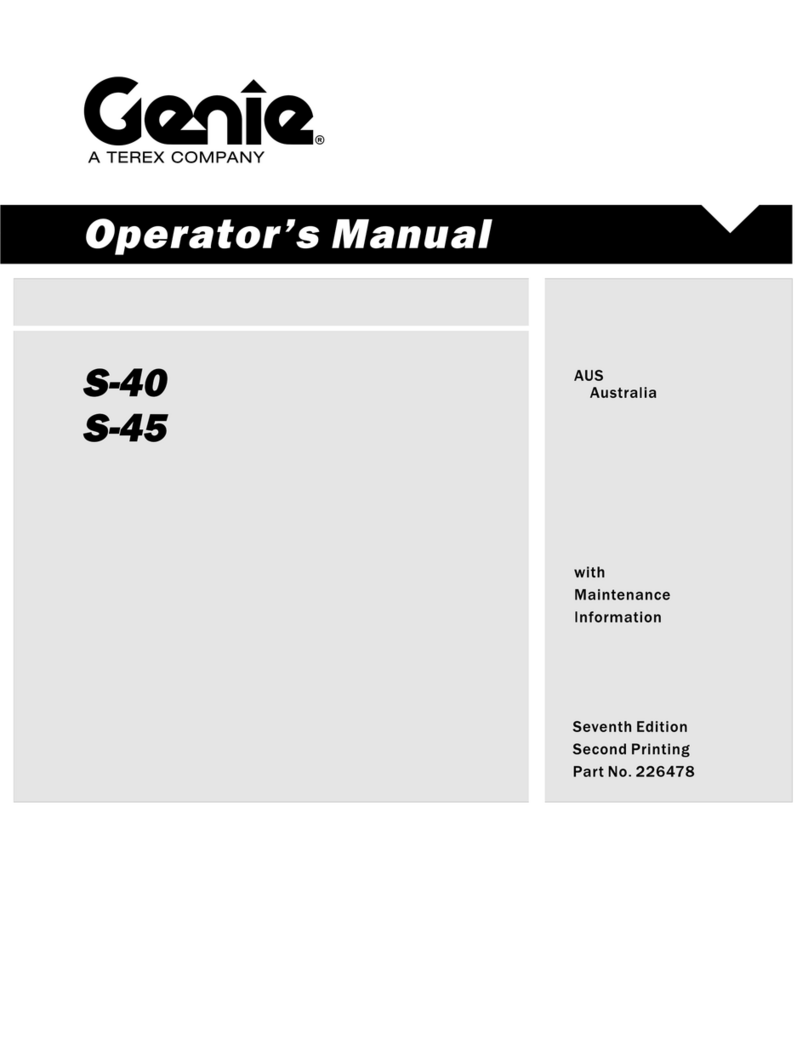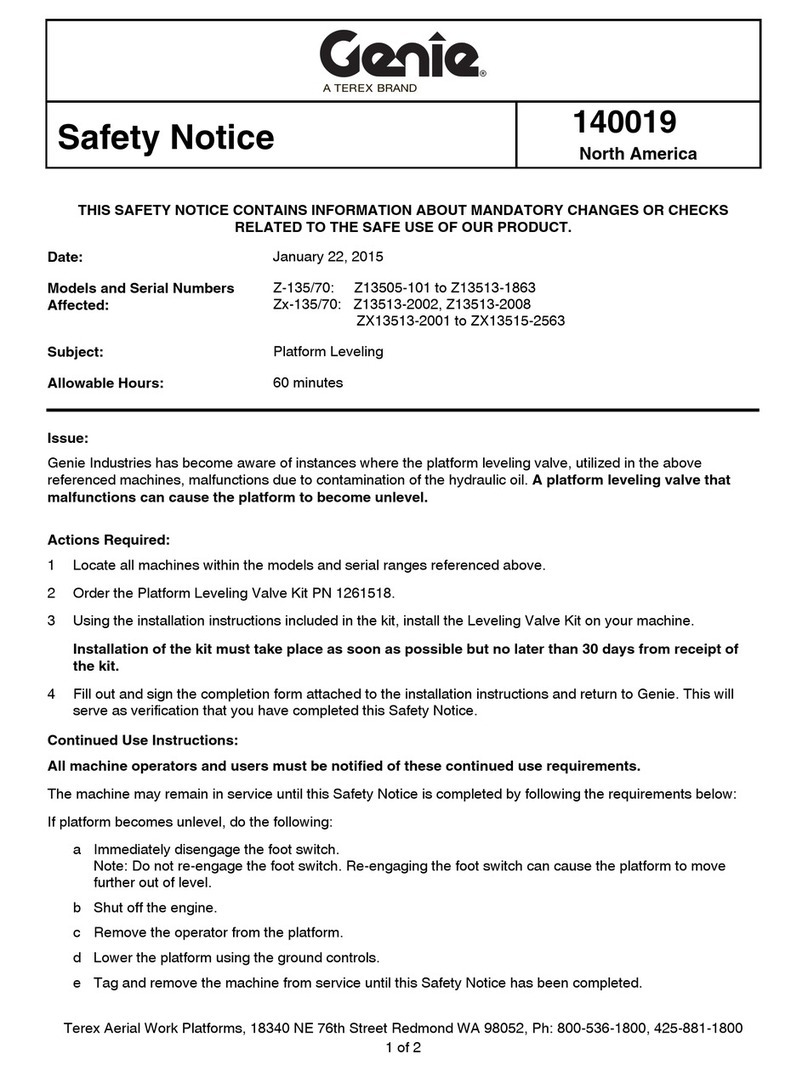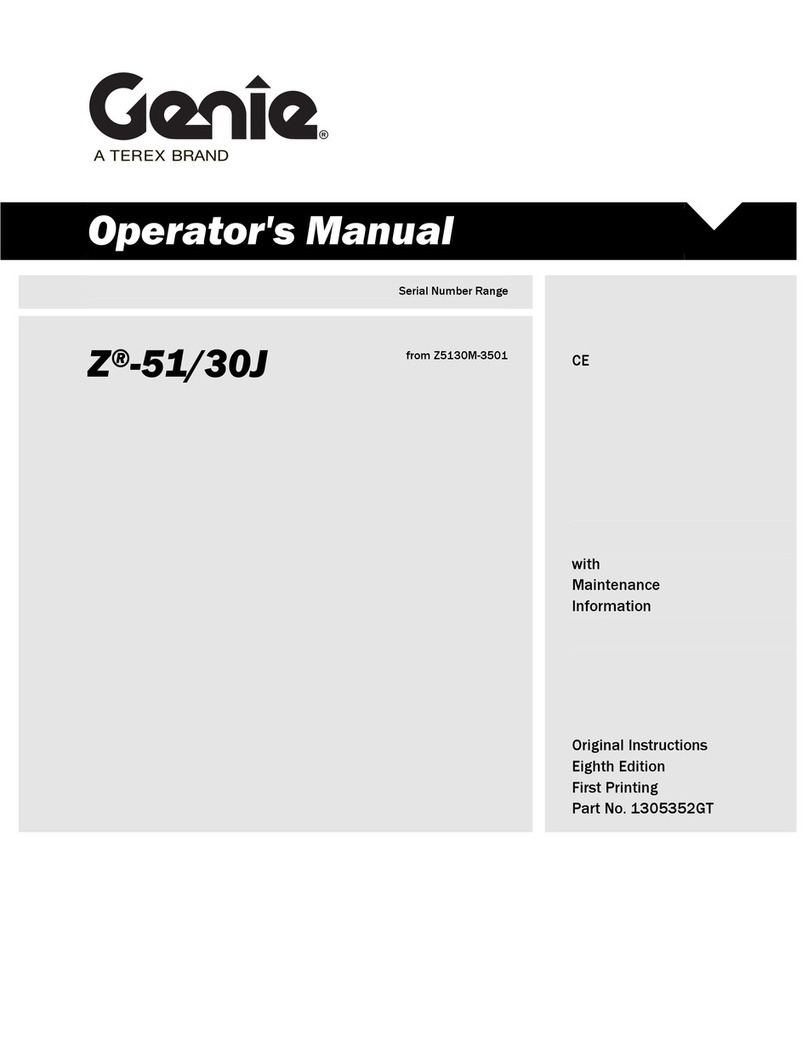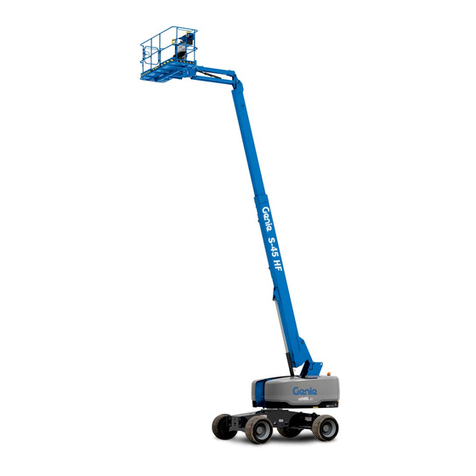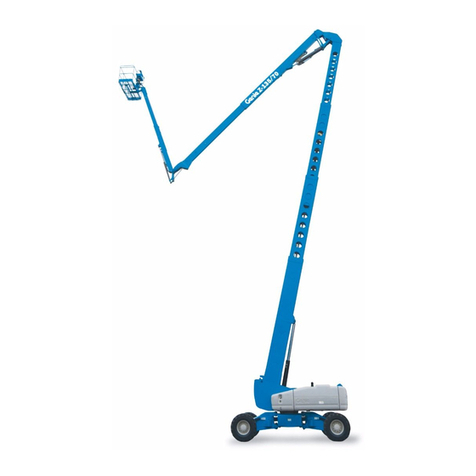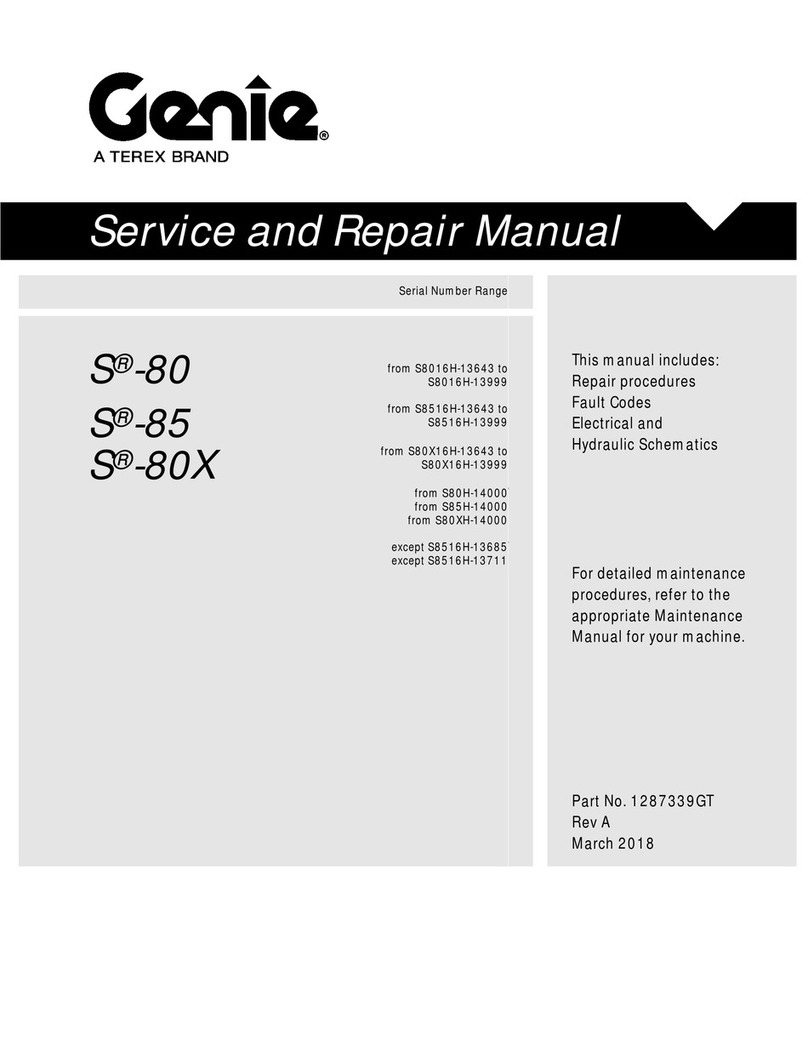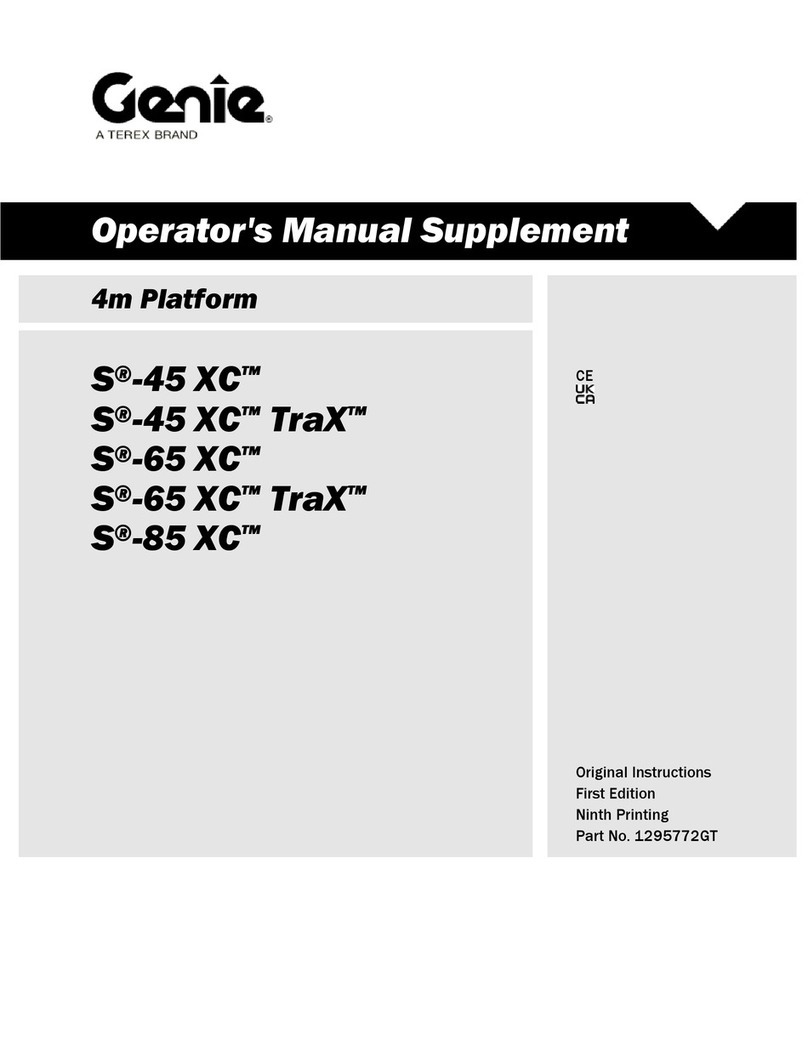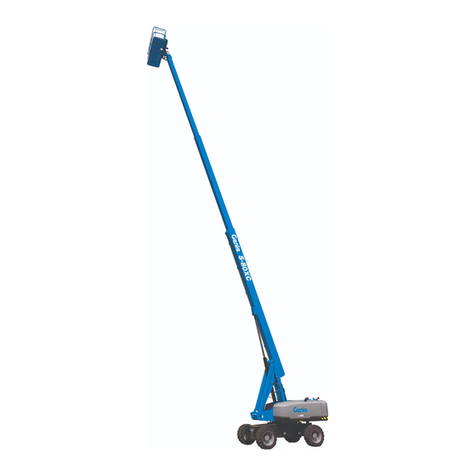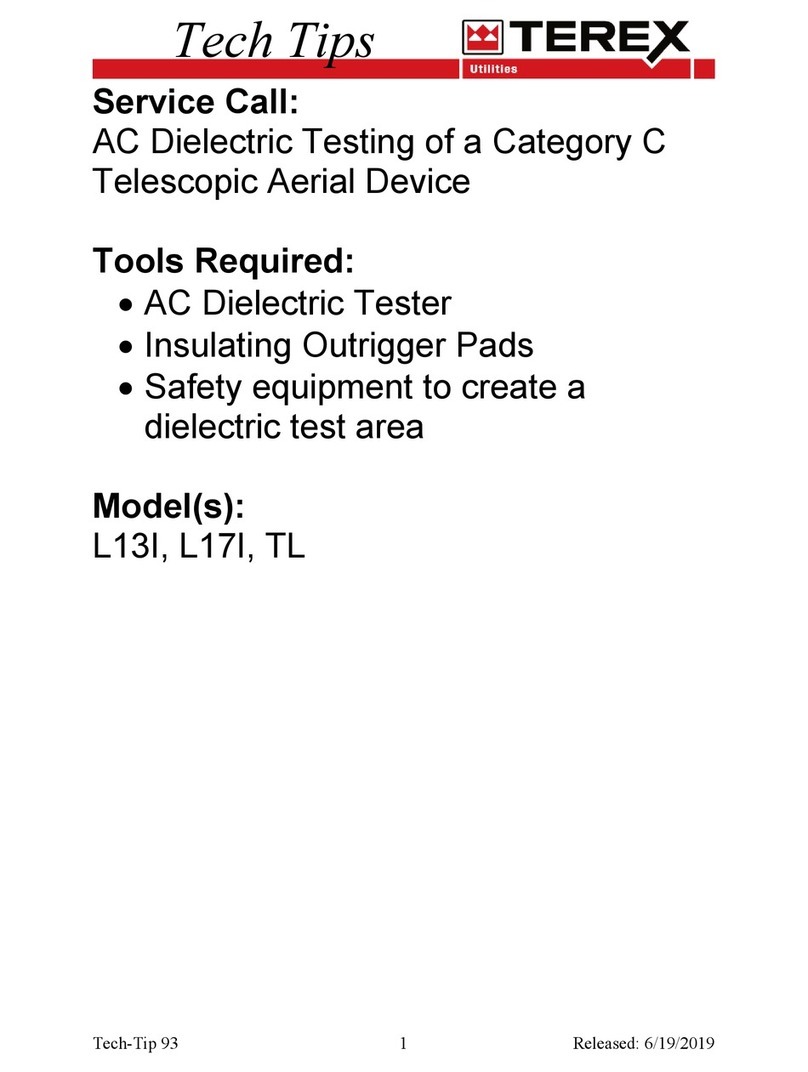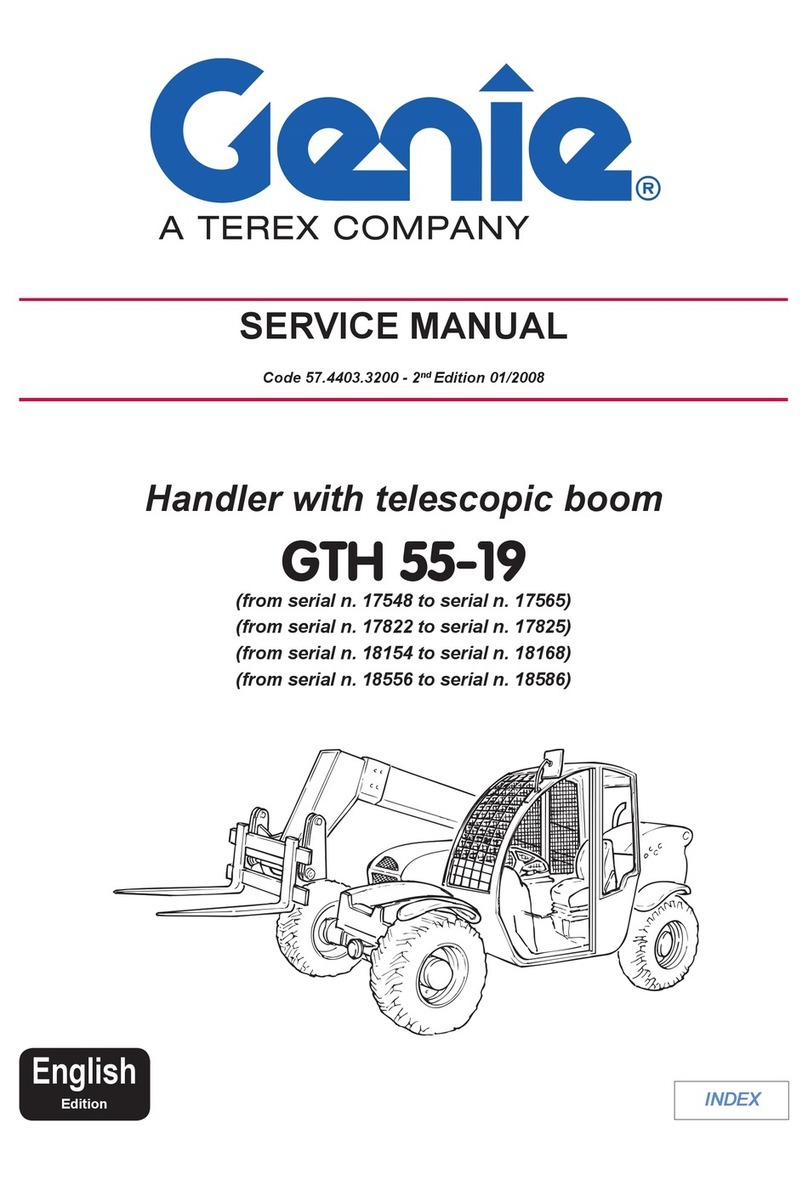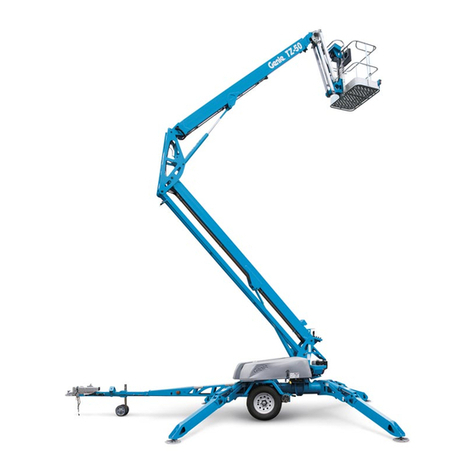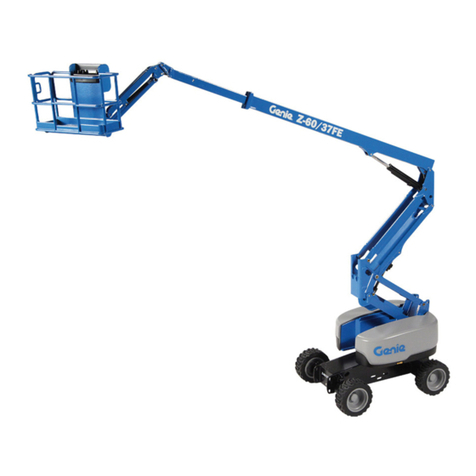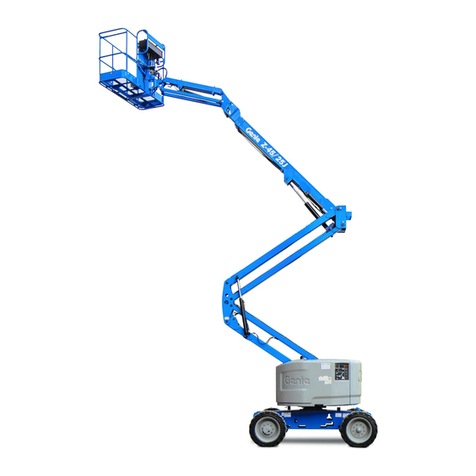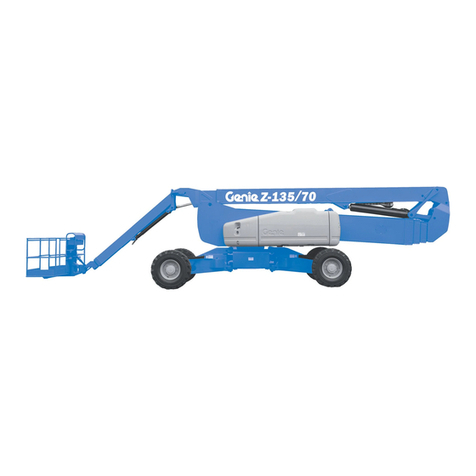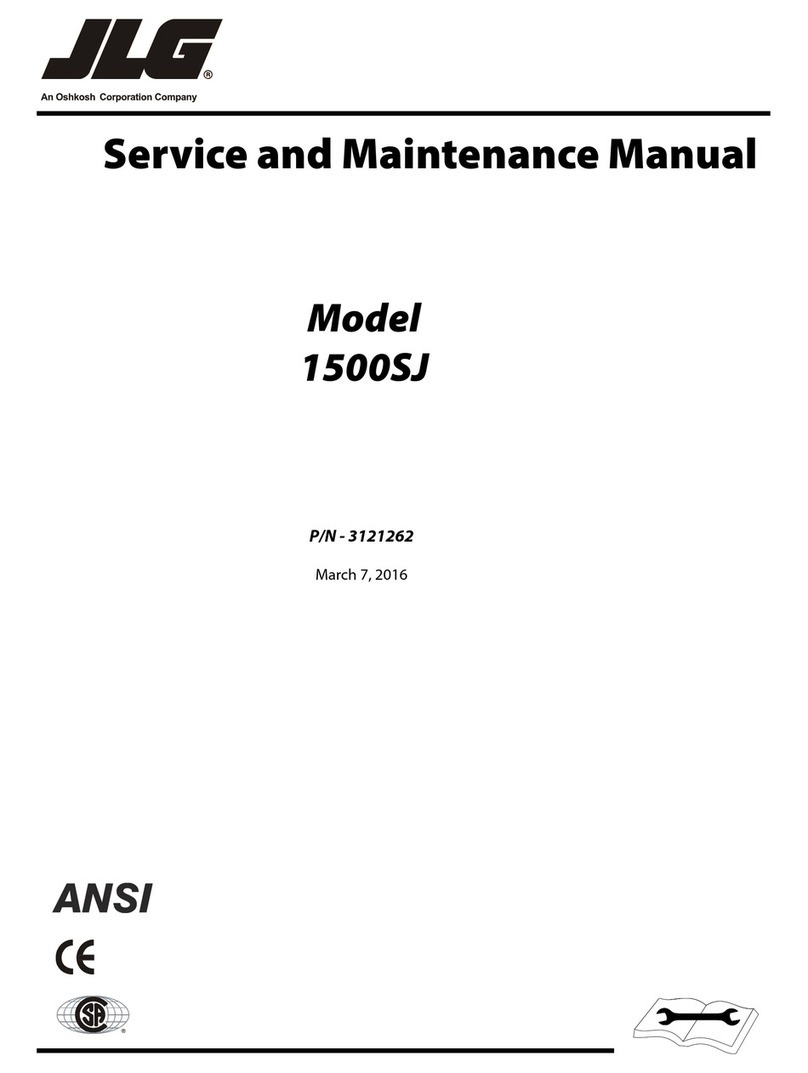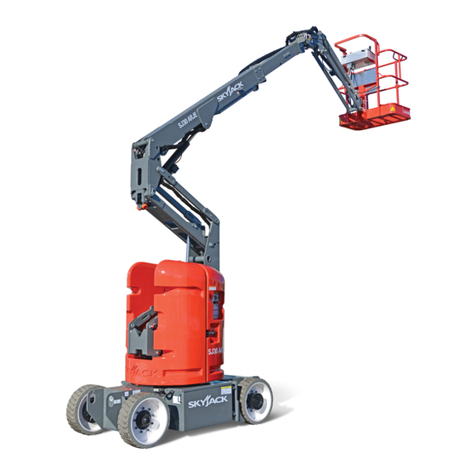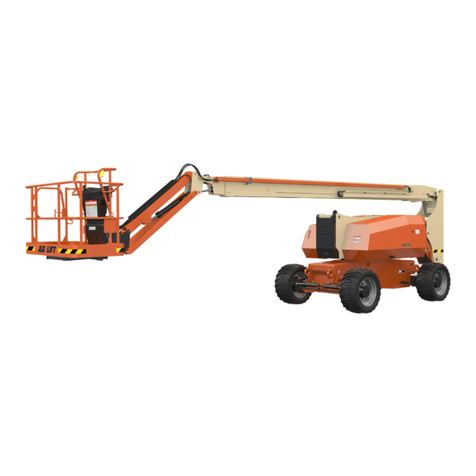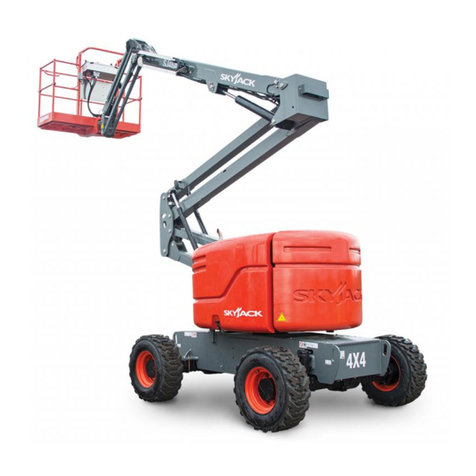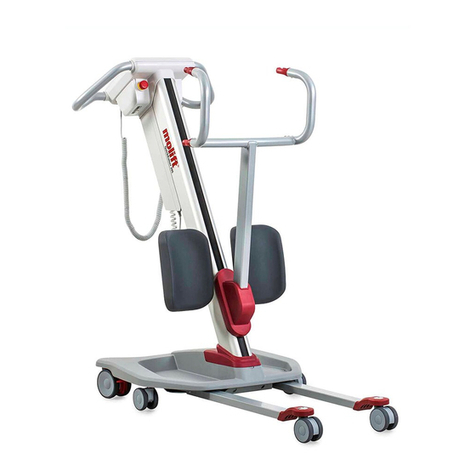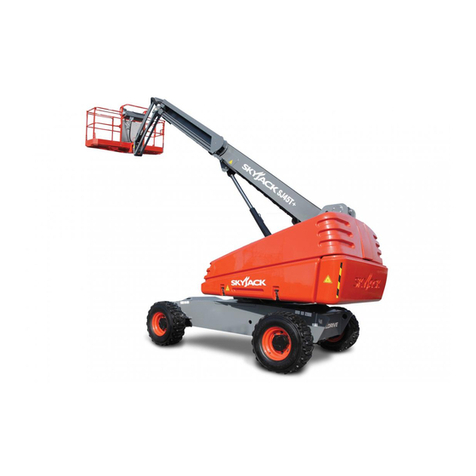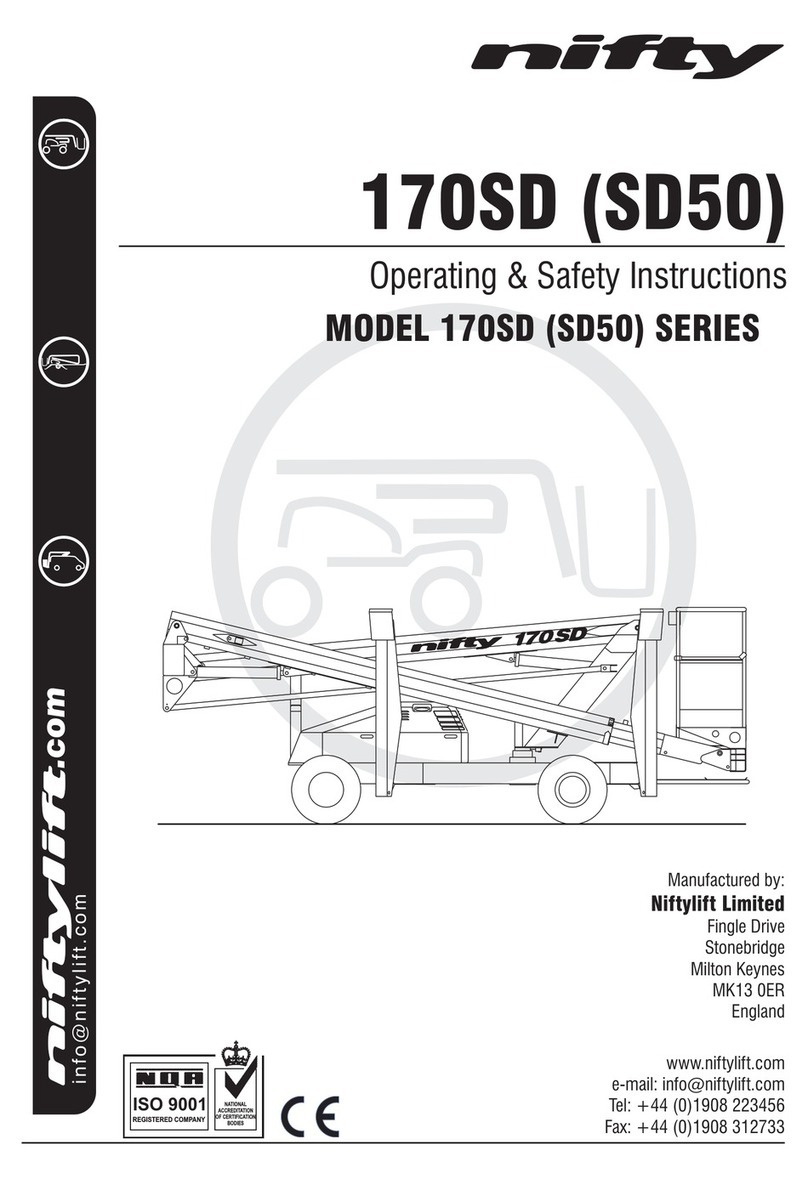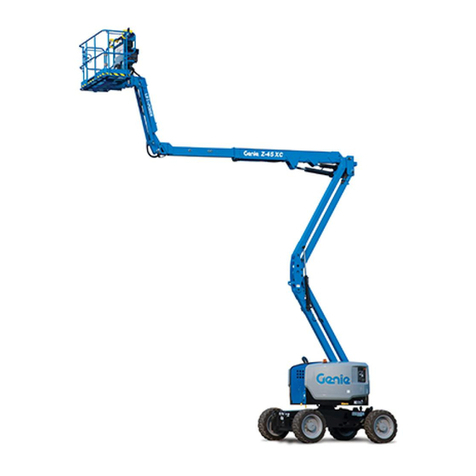
vi GTH-4016SR • GTH-4018SR Part No. 57.4400.9203
March 2010Section 1 • Safety Rules
Personal Safety
Any person working on or around a machine must
be aware of all known safety hazards. Personal
safety and the continued safe operation of the
machine should be your top priority.
Read each procedure thoroughly. This
manual and the decals on the machine,
usesignalwordstoidentifythefollowing:
Safety alert symbol: used to
alert you to potential personal
injury hazards. Obey all safety
messages that follow this
symbol to avoid possible injury
or death
DANGER
Red: indicates a hazardous
situation which, if not avoided, will
result in death or serious injury.
WARNING
Orange: indicates a hazardous
situation which, if not avoided,
could result in death or serious
injury.
CAUTION
Yellow : indicates a hazardous
situation which, if not avoided,
could result in minor or moderate
injury.
NOTICE
Blue:indicatesapropertydamage
message.
PROTECT THE
ENVIRONMENT
Green: used to draw the attention
to important information on
environment protection.
Be sure to wear protective eye wear and
other protective clothing if the situation
warrants it.
Be aware of potential crushing hazards
such as moving parts, free swinging or
unsecured components when lifting or
placing loads. Always wear approved
steel-toed shoes.
Workplace Safety
Be sure to keep sparks, flames and
lighted tobacco away from flammable
and combustible materials like battery
gases and engine fuels. Always have
an approved fire extinguisher within
easy reach.
Be sure that all tools and working areas
are properly maintained and ready for
use. Keep work surfaces clean and free
of debris that could get into machine
components and cause damage.
Be sure any forklift, overhead crane or
other lifting or supporting device is fully
capable of supporting and stabilizing the
weight to be lifted. Use only chains or
straps that are in good condition and of
ample capacity.
Be sure that fasteners intended for one
time use (i.e., cotter pins and self-locking
nuts) are not reused. These components
may fail if they are used a second time.
Be sure to properly dispose of old oil or
other fluids. Use an approved container.
Please be environmentally safe.
Be sure that your workshop or work
area is
properly ventilated and well lit.
SAFETY RULES
